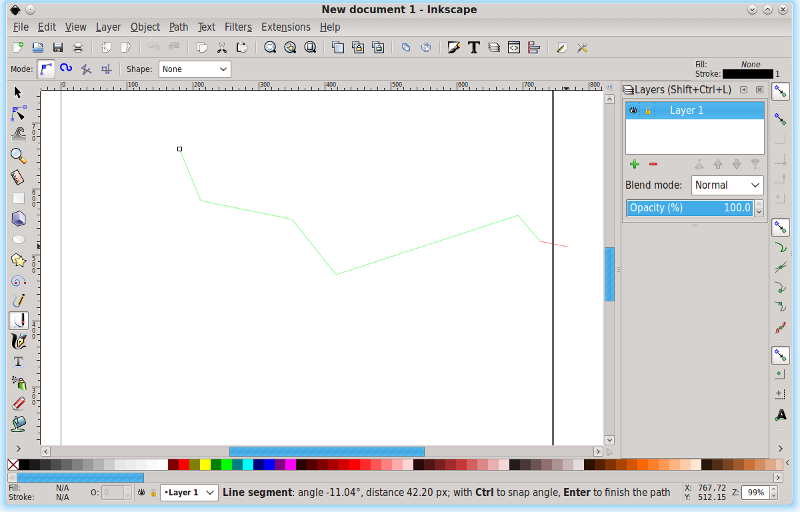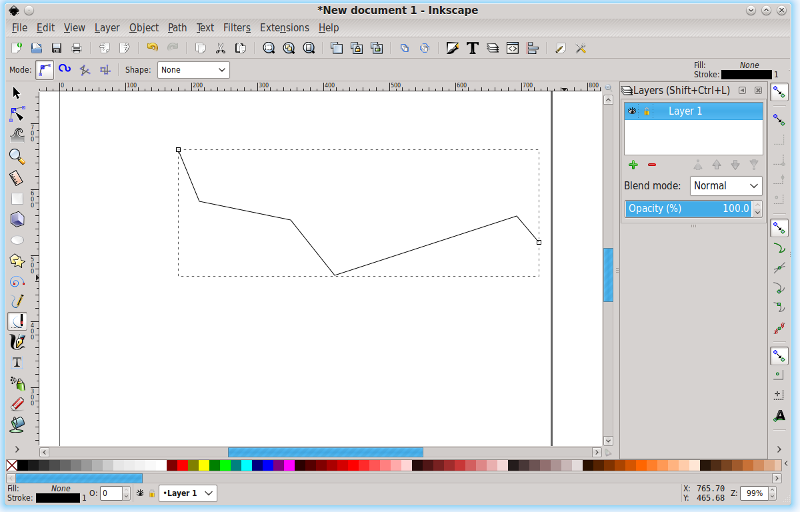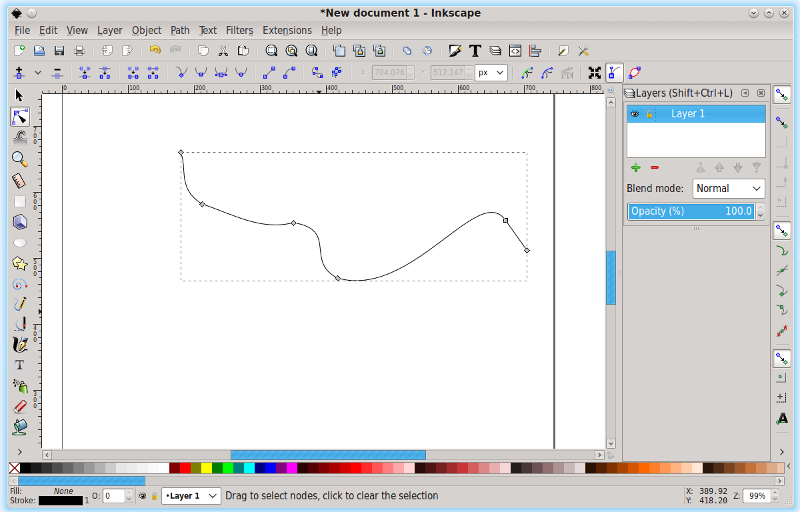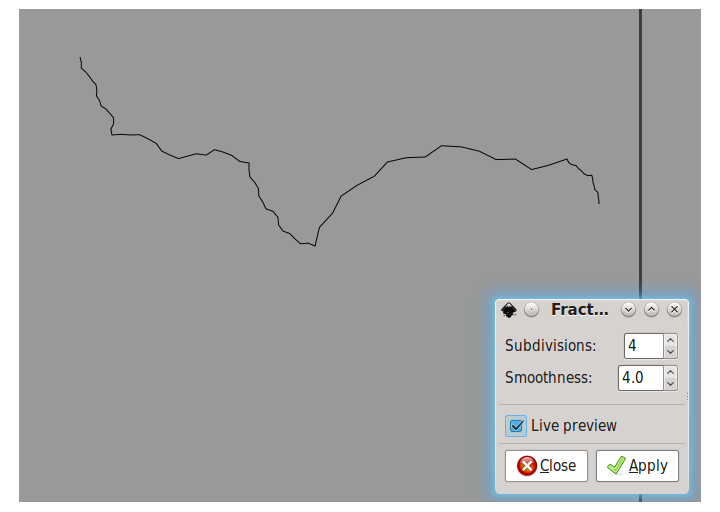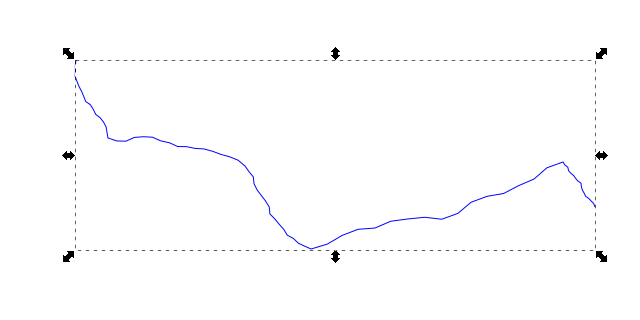Religion is one of those things that, as an author or game designer, you have to treat very carefully. The risk of offense is too great, especially in the politically-correct, offense-first world of today. It’s easy to fall into a trap of pigeonholing real-world religions. “Evil, Arabian-looking bad guys that act like Muslims” is practically a genre trope at this point; two examples that I’ve read include the Fanim of R. Scott Bakker’s Prince of Nothing trilogy and the Krasians of Peter V. Brett’s Demon Cycle. “Evil, hierarchical church that looks Roman Catholic” isn’t exactly uncommon, either.
But that’s not really the subject of this post. Sure, the popular religions in the world are the way they are, and they’re easy to relate to, easy to understand, because we see them every day. But different cultures, especially in different worlds than our own, are going to have different ways of looking at religion, faith, philosophy, and the supernatural. And their beliefs will shape their society, just as ours, historically, have shaped our own.
Of God and gods
In the West, there are three major religions: Christianity, Judaism, and Islam. In addition, there are a number of others that have significantly less popular appeal. The East, conversely, gives us the trio of Hinduism, Buddhism, and Shinto, along with a host of minor faiths. (And by “minor”, I mean they have fewer followers, not that they’re less important or less valuable.) And, of course, we also have the “non-religions” of atheism and agnosticism, as well as a number of systems of belief that might better be grouped under “philosophy”.
Even the largest of religions is not monolithic, however. Christianity has a whole spectrum of sects (“denominations”), and many Americans have become familiar with the major divisions of Islam (Sunni and Shia). Some can even spot the difference between some of the different sects of modern Judaism (Orthodox, Reform, etc.). We know comparatively far less about the other side of the world, though; most people in the US probably think of all Buddhists as Zen, for example.
In fantasy literature, religion—when it is mentioned at all—usually only gets a passing nod. There might be the occasional oath, prayer, or swear, but a story where the beliefs of the people are not the focus often ignores those beliefs. And that’s fine. If it’s not an important worldbuilding detail, then there’s probably not much reason to put it in.
Conversely, games, especially tabletop role-playing games, make religion an integral part of the story. D&D (and its offshoots, like Pathfinder) has lists of deities, each with their own domain, and these almost always function like the pantheons of old, except with added benefits for certain believers. (In D&D, for example, clerics and paladins usually must follow a deity, and they receive divine blessings and spells in return.) In a way, despite there being a very detailed summary of religion, it’s abstracted away into a game mechanic.
And again, there’s nothing wrong with that. Players shouldn’t be forced to study theology just to play a game. But fantasy, both literature and gaming, has a problem understanding the link between religion and society, and that link was a very real, very important part of the period of history favored by fantasy.
One to many
We all know the “origin stories” of the major Western religions, whether creation, crucifixion, or revelation. But all of these, as well as those less-familiar faiths of the world, had a major impact on the development of society. The Middle Ages, that favorite era of fantasy literature and games alike, was shaped by religion. In many ways, you could even say it was defined by religion.
When fantasy posits a pantheon (like D&D), that actually breaks the world for their other main assumption: the feudal monarchy. Feudalism, serfdom, the divine right of kings, knighthood, and all those other conceits of medieval Europe are based on a thousand years of Christianity.
“The end is coming soon, so get ready,” goes the common Christian refrain, and that’s largely been true since the 30s. No, not the 1930s, but the 30s, as in 30 AD. Christianity has always had a strain of the apocalyptic—the last book of the Bible is, after all, supposed to be a vision of the End of Days—though it has waxed and waned through the ages. In the medieval period, it was mostly waxing. Plague, famine, pestilence, and war were facts of life, especially for the lower classes, and there wasn’t much they could do about it. “The meek shall inherit the earth” was the closest thing to hope for the future that many people had.
If you replace the strict belief in God (whose eternal good was countered by the increasing influence of the Devil) with a nebulous—if effectual—pantheon, then things change dramatically. Get rid of the Church, the Pope, and all the other trappings of medieval Christianity, and all of society will develop differently.
Changing the game
In medieval Europe, the Church had supreme power, and all of it was centered on the Pope. He could make kings (or break them), crown emperors, canonize martyrs, or call crusades. His announcements of doctrine, the papal bulls, were regarded as nothing less than official interpretations of scripture. And he had one ultimate, terrifying weapon: excommunication.
All that it did was ban a person or group of people from Communion, effectively ostracizing them from the Church. But in a world where the eternal soul was seen as infinitely more important than its mortal frame, this was enough to turn even the most hardened of hearts. Rebels, heretics, willful kings, and political enemies all faced the threat of excommunication, and almost every one of them quailed in the face of such a punishment. Rebellions could end entirely once word came from Rome that their leaders had been cast out of the Church, no longer able to receive the blessings of Christ and thus condemned to Hell for all eternity. Even whole cities (such as Florence) were put under that threat simply to scare their rulers into complying with the Church’s wishes or dogma.
Besides the Church’s chief weapon (I’ll spare you the Monty Python jokes) and its total control of doctrine, it also changed Europe by bringing in its own social structure. Monasteries, hermitages, nunneries, convents, and abbeys all had their roles to play, and they were all part of the Church. And these weren’t always what you’d think from movies. Monks could be rich, nuns literate, and hermits not always loners living in caves. One of them even got elected as pope: Celestine V, who quit after a few months. (Every other pope from 1294 onwards ruled until he died or was cast out, until Benedict XVI not long ago.)
The Christian church and faith was the single largest influence on the development of the Middle Ages. Because of it, the Black Death was asserted as a sign of coming Armageddon, as was the famine that preceded it, and the Mongol horde that may have brought it. Without the church, the culture of monasticism wouldn’t have been so prevalent, nor would the orders of crusading knighthood, such as the Templars, Hospitallers, and the Teutonic Order exist.
Indeed, even the period’s systems of economy and government are indebted to Christianity. Feudalism lasted as long as it did mostly because people were taught that it was the natural order of things. Serfs were born to be serfs, and nobles to be nobles, and there were shelves full of books explaining all the ways you could see how that was true. Nobles, for instance, were taller, heavier, and healthier. Nobody bothered to note that this was because of nutrition and the often harsh working conditions of the peasantry. Rather, it was taken as part of the divine plan.
The realm of fiction
Fantasy likes to take the feudal society of Europe (especially the later, post-plague society where feudalism began to falter) and make it its own, without taking along the religious aspect that made it possible. In essence, you could say that medieval, feudal Europe came about because of Constantine, the emperor of Rome who converted himself and then his empire to Christianity.
Without a strong, central Church, you lose most of the foundations of the setting. If every city or nation can make its own doctrine, then you have very little world unity and shared culture. With more than one deity to worship, with no fixed scripture proclaiming the end of the world and the promise of a utopic afterlife, then there is no motivation for serfdom, for the glory of crusade.
Even technology is affected by the change in faith. Cathedrals, the defining monument of the Middle Ages, were built because of religion. Sure, a polytheistic culture might build great temples, and they would likely come to many of the same discoveries about building, but would they have the same styles? Likely not. They certainly wouldn’t be laid out in the shape of a cross, like the European cathedrals.
Some areas might become more advanced if you lift the strictures of Christianity. Machinery that could aid in work was often overlooked, simply because there were always more laborers to throw at a problem. The science of astronomy was held back by the belief that the stars were the realm of God, thus unknowable to man. And how would banking develop if the Christian constraints on usury didn’t exist to create a niche (and a stereotype) filled by Jews?
Magic, of course, is an obvious addition to any fantasy world, but it also existed (not really, but in people’s minds) in the Middle Ages. It’s something that was well-known, but totally forbidden. Fireball-wielding mages would have to be fit into the religious world-view, and where would they go? The sorcerers of the aforementioned Prince of Nothing series are excommunicated by default, but it’s easy to imagine a setting where the wizards are seen as messengers or even avatars of God or the gods.
Like so many other topics in worldbuilding, a few decisions change the outcome completely. Monotheism, logically speaking, probably leads to one of the same outcomes as it did in our world. Polytheism is reflected in ancient Rome and even modern India, as well as most fantasy. A lot of other ideas require more thought. If God is everywhere, in everything, then who needs temples or churches? If the world is full of spirits that inhabit every living thing, how can you eat and still live with yourself? (Yes, that means an animist world could have even stricter dietary laws than Islam. Think of Hinduism’s sacred cows.)
The length of time that a religion has existed will also play a role in a society’s development. The older something is, the more likely it is to change. Faiths fracture, sectarianism grows, especially if there is no central authority. A polytheistic culture is prone to develop “local” gods; Athena, patron of Athens, is a good example. New religions exist in a state of flux, as everyone vies for the right to be considered orthodox, often with disastrous consequences for those that lose. (How many Gnostics do you know?)
Rituals, prayers, and even the calendar can also be affected. The word “holiday” literally means “holy day”, and that’s where the oldest of them come from. Christmas and Easter are the ones everybody knows, although few know that they’re replacements for “pagan” holidays celebrating the winter solstice and the vernal equinox. But Lent and Ash Wednesday were far more important in the Middle Ages. All Saints’ Day, another pagan substitution, has become so marginalized that we celebrate the night before it instead: Halloween. Different religions, though, will have their own holy times: Ramadan, Hanukkah, and so on. As for prayers, who do you pray to when you have a hundred gods to choose from? Who is the one to memorize all the appropriate rituals?
End of this day
As always, there’s a lot to think about, and your choice is one of how deep to go. Obviously, if religion isn’t a major part of your world, then there’s not too much you have to do. But religion might be a significant part of your characters’ world, and it might show in the way they act, think, talk.
Faith and logic don’t always have a lot in common, it’s true. This is one place where the latter makes the former possible. It’s not your faith you’re worried about. Presumably, you’ve already decided that, and it shouldn’t have any bearing on your created world. Logically working out the beliefs of your world and their effects, though, can make for a deeper immersion into your story. It might even make some people think.
